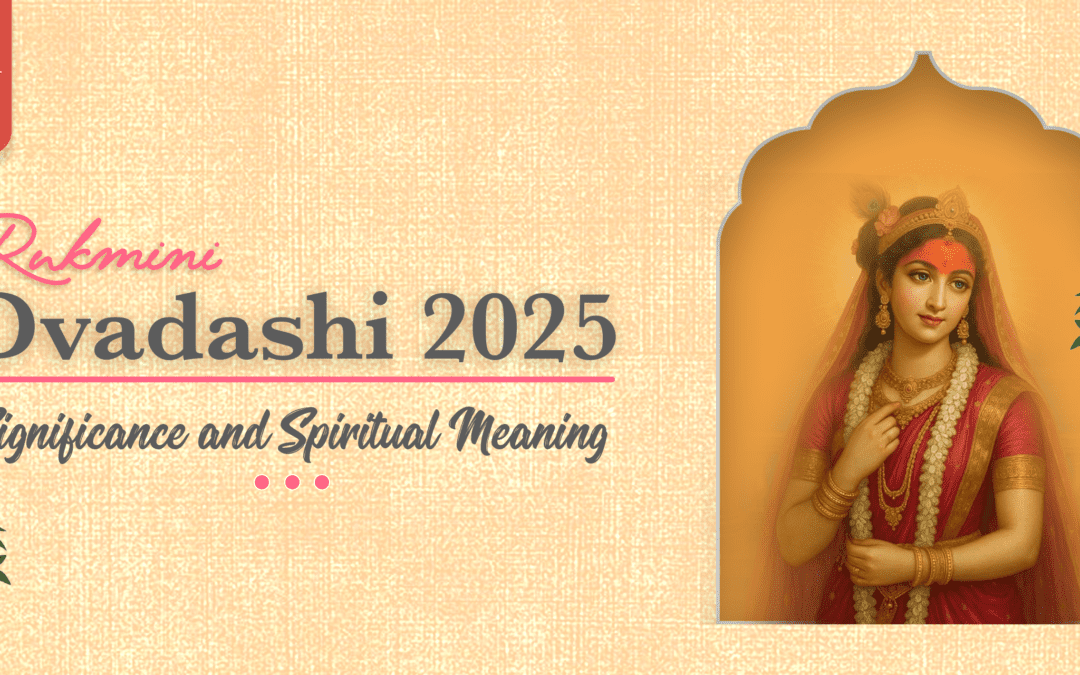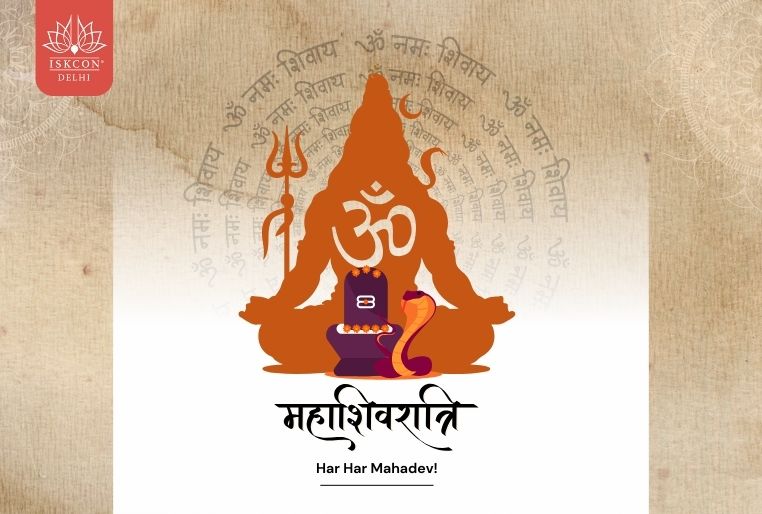
Rukmini Dvadashi 2025: Significance & Spiritual Meaning
Hare Krishna, best wishes to all of you on Rukmini Dvadashi.
When Lord Shri Krishna is in His majestic form, he is called Dwarkadhish and Rukmini Devi is in the form of His internal potency. The appearance of that Rukmini Devi is celebrated as Rukmini Dvadashi in the Shukla Paksha of Vaishakh month. Rukmini Devi’s father was King Bhishmak of Vidarbha and her mother’s name was Sudhimati.
Though the Lord has many divine and sweet Leelas, but one of his divine Leelas is the episode of His marriage with Rukmini Devi, which has many teachings for us. Many saints and sages used to come to Maharaj Bhishmak’s court and narrate the stories and leelas of the Lord, which Rukmini Devi used to listen to from behind the curtain. She had never seen Shri Krishna directly. But she used to listen to Shri Krishna’s character with full concentration. If we also start listening about the Lord, then we can deliver our lives.
Thus, just by hearing this, Rukmini Devi decided to marry God, if not in this life then in the next life, but if I marry, then only Krishna. In this way, we should also make only Krishna the goal of our life. When the goal of our life is only Krishna, then he definitely comes and we do not need to doubt this. Further, Rukmini Devi wanted to surrender to God, but her elder brother Rukmi wanted to marry her to Shishupal due to his hatred for Krishna. So what should Rukmini Devi do, whom should she tell, then she wrote a letter to Shri Krishna. She gave it to a Brahmin and requested him to introduce Krishna to her.
What did Devi Rukmini write about Shri Krishna in her letter?
It was written in the letter that O Tribhuvan Sundar, your divine qualities enter the heart of all the listeners through their ears and quench the heat, sorrow, grief, pain of many births and the living beings who see Your divine beauty get full benefit i.e. the fruits of all the four Purusharthas. By hearing about You, my mind is leaving all shame and shyness and entering You. Thus, after telling the whole situation, Rukmini Devi requested Krishna to come and take her.
This teaches us that when we listen to the pastimes of God and his qualities with attention and intensity, then we should take shelter in the devotees of God and resolve all the doubts of our heart from them, as Rukmini Devi did. When Lord Shri Krishna heard Rukmini Devi’s letter from the Brahmin, He said that I will kill all the kings and bring Rukmini. In one night, Lord reached Vidarbha directly from Dwarka. When Sri Krishna met Rukmini Devi, he held her hand, made her sit in the chariot and he himself began to fight.
In this way Lord Sri Krishna conquered all the kings and brought Vidarbha princess Rukmini to Dwarka and married her according to the rituals. If there is such a strong desire to attain God in human life, then God is certainly found and the loving devotion of God begins by hearing about Him. So on this Rukmini Dvadashi, let us take shelter of Mother Rukmini Devi with all our heart and pray to her to attain God’s devotion and His love.
“Hare Krishna Hare Krishna Krishna Krishna Hare Hare”
“Hare Rama Hare Rama Rama Rama Hare Hare”
Your Smallest act of Charity can make a difference and bring smiles to Needy Faces.
DONATE 50 MEALS
₹ 1,000
DONATE 250 MEALS
₹ 5,000
DONATE 100 MEALS
₹ 2,000
DONATE 500 MEALS
₹ 10,000
GENERAL DONATION
#Amount of your choice


